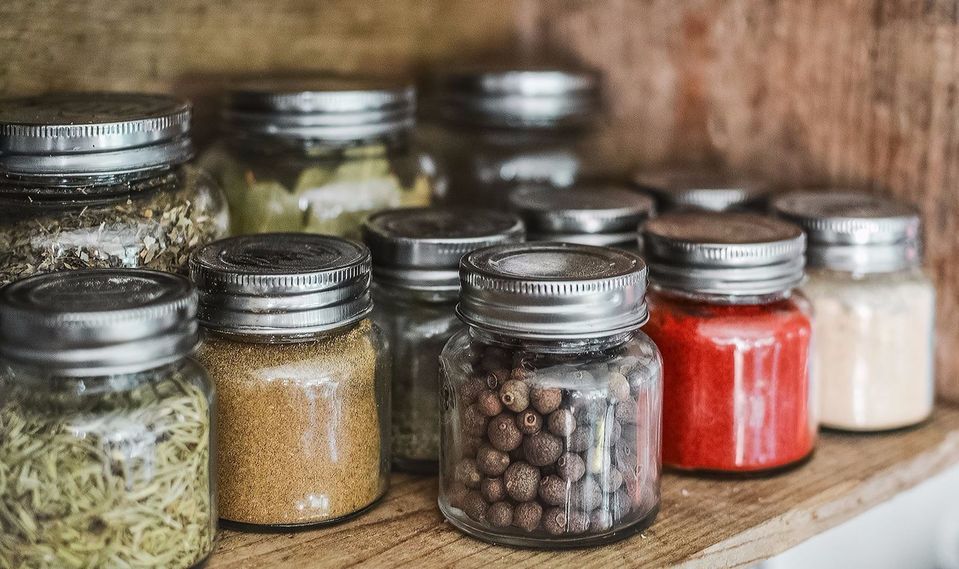




Gastronomy
Zakynthian cuisine is based mainly on Mediterranean gastronomy and is characterized by the simplicity of its recipes. Local dishes are deeply rooted in time and based on ingredients that include oil, tomato, garlic, lemon and herbs.
The influence of Italian cuisine is evident as for many years the Ionian Islands were the crossroad between the Western and Eastern culture. Zakynthian recipe names are mostly in Greek but several recipe names are of Italian origin.
Zakynthian cuisine is typical of the Ionian islands. The food on the island of Zakynthos is similar to the other islands of the Ionians with small variations but definite influences from the Venetians as well as from the Cretans that immigrated here in the 17th century AD.
The food in Zakynthos consists of traditional Mediterranean ingredients such as olive oil, vegetables, garlic, herbs, fruits, honey, yoghurt and cheese. Most of these delicious ingredients are actually produced on the island and the more traditional tavernas will ensure that they source local products.
Zakynthian gastronomy is defined by extensive use of virgin olive oil which neutralizes the acidity of tomatoes and lemons with garlic and prefers fragrant greens to hot spices. Zakynthos has many olive trees and produces oil of an extraordinary quality among Greek olive oils. As a result, Zakynthian recipes are rich in olive oil. and use a heady dose of garlic. “Sartsa” can be considered the “national” dish: Beef cooked in a casserole, with tomatoes, garlic, local oil cheese “ladotyri” and a little oregano. Another typical Zakynthian recipe is “Skordostoumbi”, made with aubergines and large quantities of garlic, “Rabbit Stew” and “Beef Ragout”.
In Zakynthos, not only is food a way of life, but the loving manner in which food is gathered, prepared and served at the table is equally important. When eating with local Zakynthians, you enjoy delicious organic food at a leisurely pace, with laughter, hearty conversation and singing.
The natural menu of the Zakynthian people is determined by the seasons. It provides a healthy attitude towards food, and an active, balanced diet.
Traditional Zakynthian cuisine is prepared to stimulate the senses, with all the pungency of mountain herbs. Bay, oregano, rosemary, basil, parsley, thyme, mint, sage, lemon and garlic are just a handful of aromatic ingredients used in the preparation of food in Zakynthos.
You may enjoy the exquisite local dishes, in traditional Tavernas all over the island along with the local music, kantades & arekies songs, enjoying the pure local wine of your preference.
Most traditional Tavernas are found in the city of Zakynthos, in Bohali and in the area of Vasilikos. For fresh fish you may choose one of the Tavernas in Keri and Porto Roma.
Local Products
The local oil cheese, called “ladotyri” is a very pungent cheese from sheep's milk, which is kept in clay pots filled with oil. It is particularly delicious when eaten fresh, before it is put in oil.
“Myzithra” is a very tasty local fresh white cheese, either salted or unsalted. The best “myzithra” is made from goat's milk. The unsalted one is eaten with sugar or honey. The salting of “myzithra” is made with sea salt (afrala). Zakynthos also produces a very good gruyere type of cheese “graviera” and a type of cottage cheese called “pretza”.
“Chiromeri” is salted pork, dried in the sun, prepared for Easter. It is made from the fat parts of pork (chest and shoulder). “Chiromeri” is seasoned with garlic, black pepper and bay leaf.
Vegetables
It should be noted that Zante produces some vegetables and fruits that are not generally found in other parts of Greece. Among these is the cabbage (crambi), the Seskla, the huge sweet onions, known as "Belousiotika" because they are produced in the village called Belusi, in the north-eastern part of the island.
The Zakynthian Melons are the sweetest in Greece and are exported in large quantities to the mainland. Several attempts were made in other areas of the country for the cultivation of these melons, especially in the Peloponnese, but they failed. The Zakynthian melons always get the highest price in the markets of Athens.
Zakynthos produces some small wild strawberries that have a wonderful flavor and excellent taste. These strawberries ripen early in the spring.
Wine
Zakynthos holds a special place in the chronicles of Greek wine, because of an early testimony found in one of the verses of a poem in 1601, which mentions thirty-four varieties that were cultivated then.
Some of them are: Kozanitis, Mygdali, Flery, Rozakia, Chlora, Moronitis, Pavlos, Robola, Aetonychi, Moschato, Kajakoulias, Kakotrygi, Voidomatis, Lianoroidi, Goustoulidi, Avgoustiatis, Skylopnihtis and many more.
In 1904, Ludwig Salvator mentioned more than 80 varieties in his monumental work about Zakynthos, which have more than one color variation.
The most memorable among the wines is the famous Lianoroidi or Lianorrogi, a sweet white wine made from grapes with berries. Some of the varieties used were alternatively the local Goustolidi and Robola which was introduced by the Venetians in the 13th century. In 1801, Saverio Scrofani, compared it to the Italian Piccolit and the Hungarian Tokay and praised it as "better than all the liquors of the East."
The wine that’s proved to be resistant in time is called Verdea, which not only surpassed the raisins, the main product of the island, but gained popularity and remains until now the greatest wine on the island.
In recent times the harvesting and the winemaking of different kinds of white grapes are being done in mid-September. The grape varieties mainly used for the production of Verdea are: Robola, Pavlos, Skiadopoulos, Goustoulidi, Pinot Gris, Asproudi, Areti.
In every traditional tavern on the island, visitors will have the opportunity to taste the local culinary specialties accompanied by local wine.
Sweets
Zakynthos is the home of “mandolato”. It is very pure sweet and it’s made from egg whites, toasted almonds and honey or sugar. In the old days they used to sell the yolks that remained from the eggs that were used to make “mandolato” in a very low price, in order to make mayonnaise, pastries or avgolemono (a local soup with egg and lemon juice).
The zakynthian “pasteli” is known as one of the best. (Pasteli is an ancient Greek sweet, made from sesame seeds, honey and almonds.) The zakynthian “mandoles” are also well known (mandoles are made from almonds and honey).
The fitoura (or fritoura in dictionary Leonidas Zois), is nothing more than a thick cream made from semolina and water. Then molded in a pan, cooled, cut into pieces, fried and sprinkled with cinnamon and sugar. The outer crust boosts the sweet, because it is crunchy with a strong taste of cinnamon.
The zakynthian “frygania” is a very cool sweet for the summer.
Bread
"Ftazymo" is a different kind of bread which the locals make in their homes for special celebrations.
“Christopsomo” is a very nice bread that locals make for Christmas, it has the shape of the Italian "panettone", but it has more spices, black currants, sultanas and nuts (almonds, pine nuts, walnuts).
From the same mixture, they make a round bread which every family cuts on Christmas Eve. In the bread they put a coin for luck.

